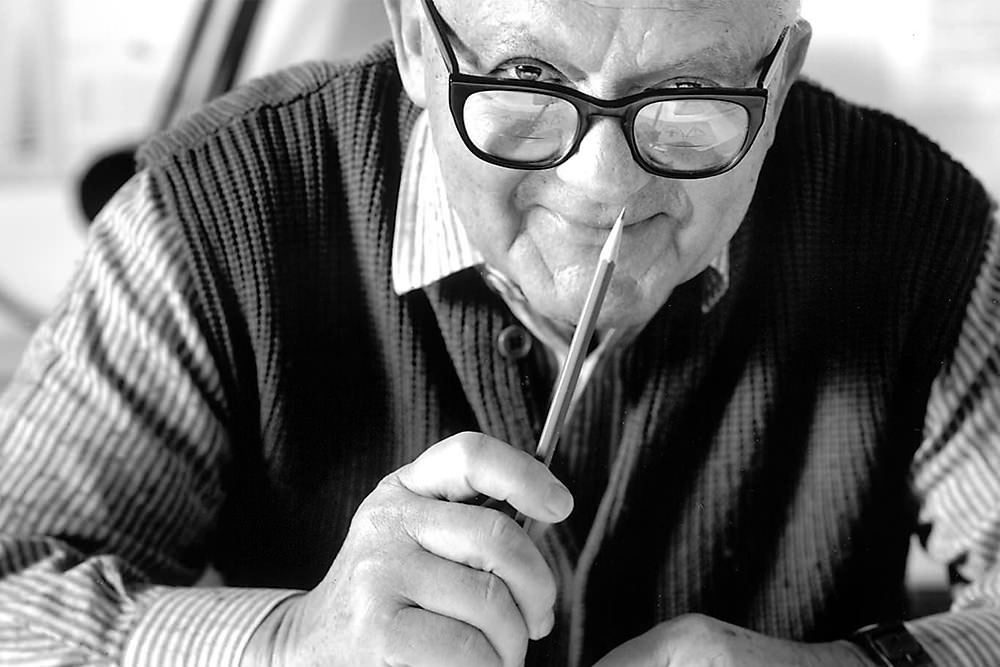
Paul Rand was an eminent twentieth century American graphic designer and art director. He was the pioneer of iconic corporate logo designs for major firms, including IBM, ABC, Morningstar, Inc., NeXT Computer, Yale University and Enron. He was an avid practitioner of Swiss Style of graphic designing in American advertising industry.
On August 15, 1914, in Brooklyn, New York, Rand was born as Peretz Rosenbaum. Since a very early age, he had a keen interest in painting and designing which reflected through his painting signs for his father’s grocery store and for his school events. As his father was of the view that art alone would be insufficient to provide a satisfying lifestyle for his son, so he enrolled him at Manhattan’s Harren High School. While studying there, Paul also attended night classes at the Pratt Institute from 1929 to 1932. He attended several art schools in succession such as The New School for Design, the Art Students League and Yale University in Connecticut. Notwithstanding his rich academic career in arts, Rand developed his graphic sense through self-education largely, as he voraciously read the European magazines, discovering the works of Cassandre and László Moholy-Nagy.
Subsequently, Rand began his career as a part-time stock image creator for a syndicate. Soon his class assignments and part-time job rendered him to assemble a distinguished portfolio. His work was highly influenced by Sachplakat, the German advertising style and Gustav Jensen’s works. During this time he also decided to cloak his Jewish origin by shortening and modernizing his name Peretz Rosenbaum as Paul Rand. The decision worked in his best interest as he became the most enduring brand name for graphic designing. Shortly after, he became a success story and during his twenties his graphic work earned international recognition. One of his notable designs was featured on the cover of Direction magazine, which he created free of charge in honor of artistic freedom.
Despite the fact that Rand earned his ultimate success by designing corporate logos, however, the source of his reputation is based on his initial work on page design. In mid 1930s he was requested by Apparel Arts (now GQ) magazine to develop the page layout for their anniversary issue. Later he was offered a job at another prestigious magazine, Esquire-Coronet, as an art director. After first refusal, he accepted the offer, managing the fashion pages for Esquire. During 1950s and 1960s, Paul Rand became a brand name for logo designing in corporate industry. Many of the above mentioned firms owe their graphic designing heritage to him. In 1956, IBM became one of the companies that truly defined his corporate identity. He revised the IBM logo design in 1960 and yet again in 1972 with the famous stripes pattern.
Moreover, Rand’s graphic genius is also evident from his collaboration with the technology giant, Steve Jobs, on the NeXT Computer corporate identity project. The logo containing a simple two-dimensional black box presenting the four-letter company’s name manifested a visual harmony. Steve Jobs admired Rand’s graphic creativity and called him “the greatest living graphic designer.” Besides art direction, he taught at Yale University, as a Professor of Graphic Design. Additionally, he wrote several crucial works on design such as Design, Form and Chaos, Thoughts on Design and Design and the Play Instinct. In his final years he recorded his memoirs and focused on designing. At the age of 82, Paul Rand died of cancer in 1996 and was interred at Beth El Cemetery.
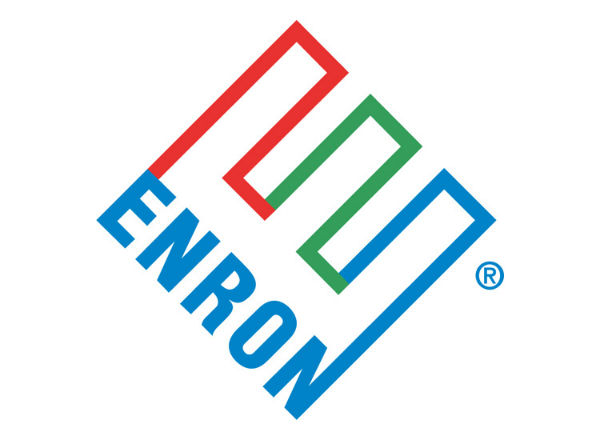
Enron Logo – Designed in 1996
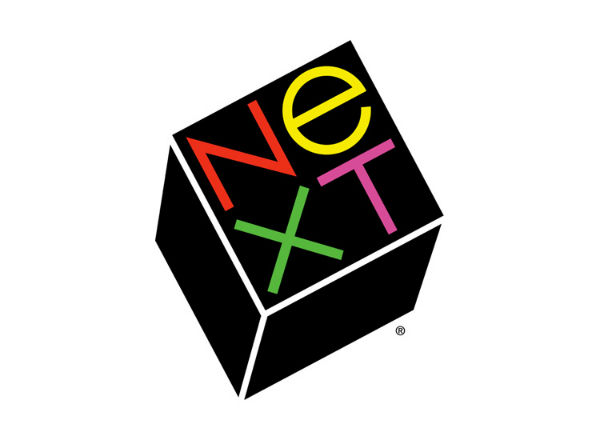
NeXT Logo – Designed in 1986
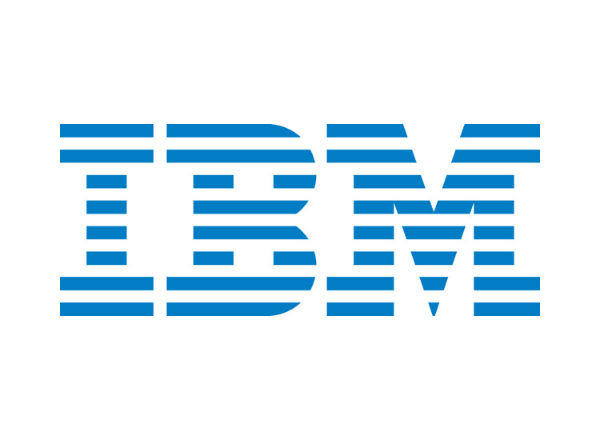
IBM Logo – Designed in 1962
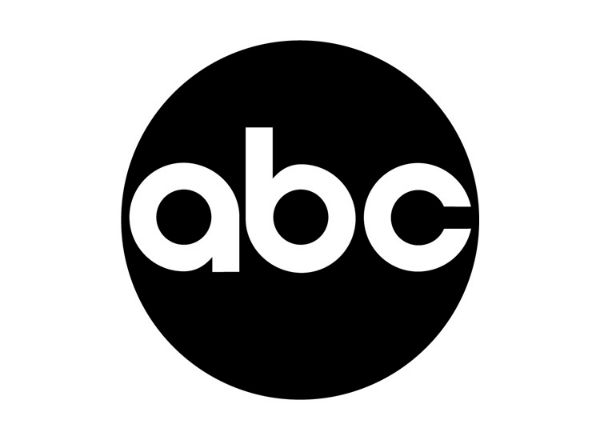
ABC Logo – Designed in 1962

UPS logo – Designed in 1961

